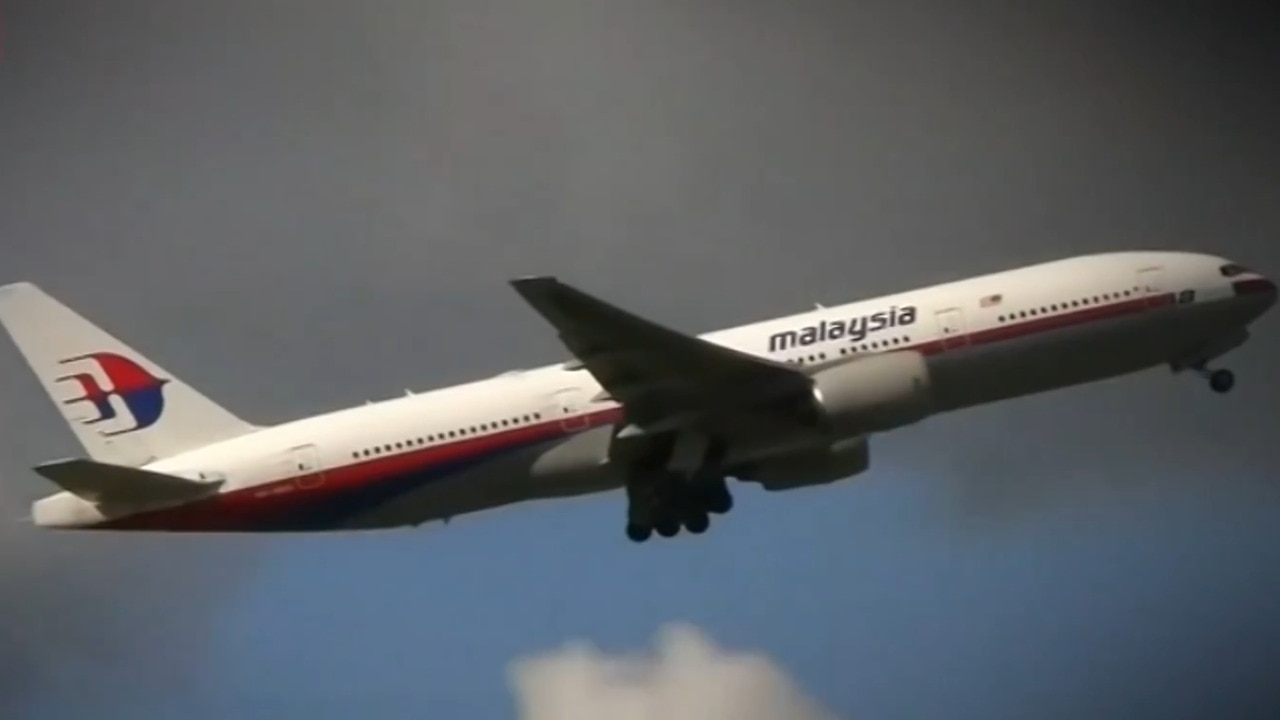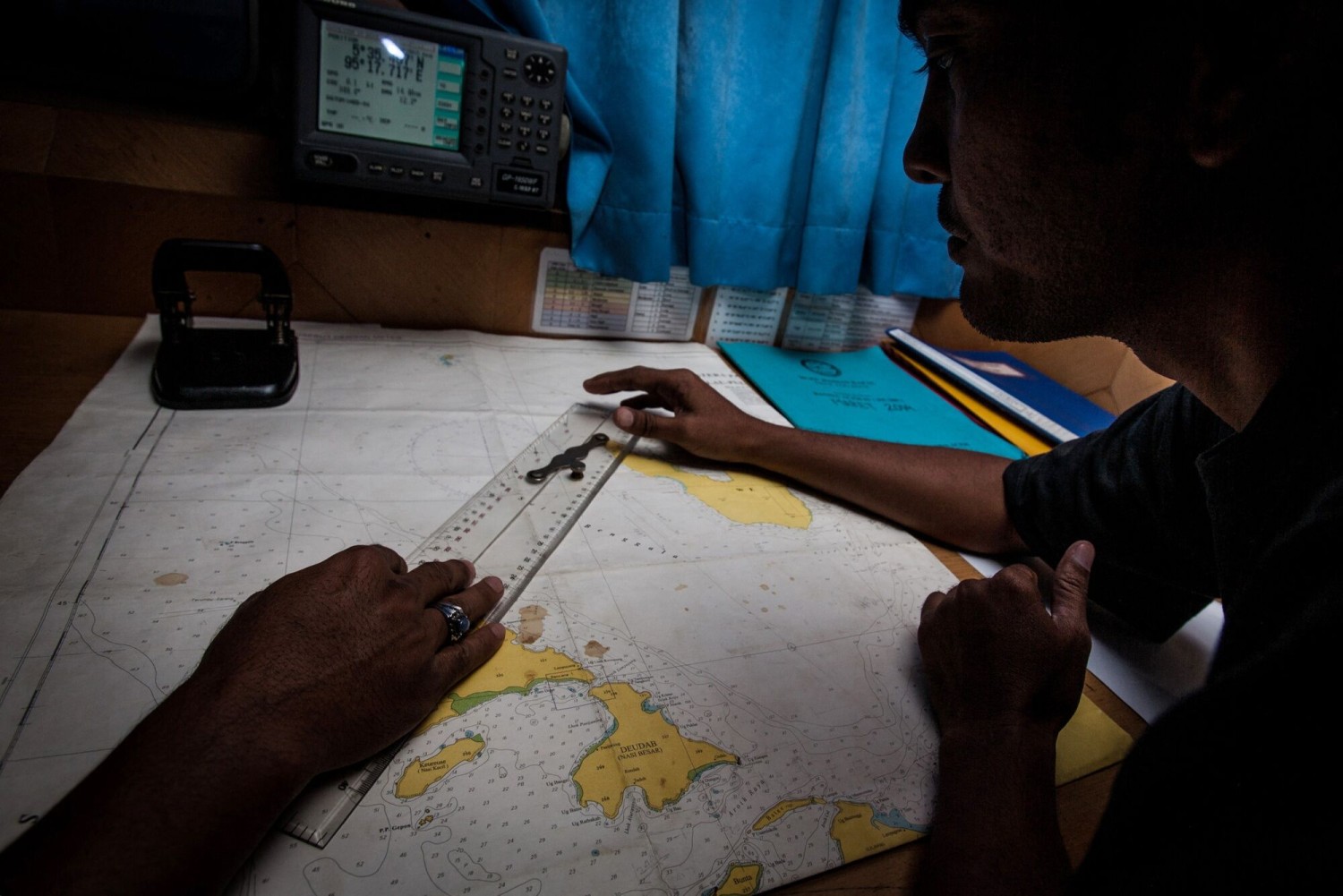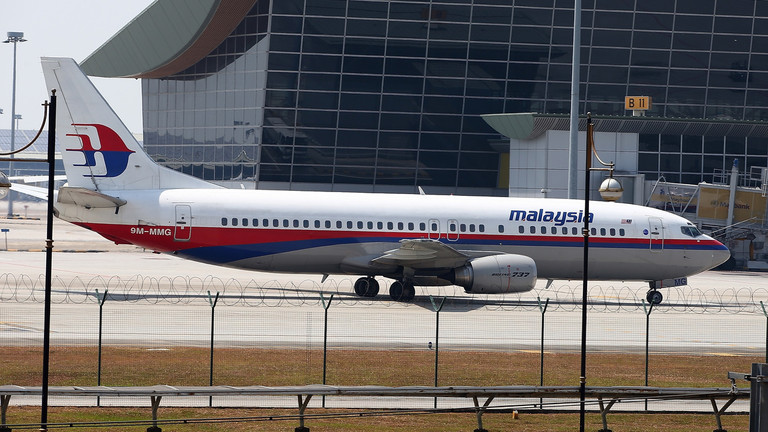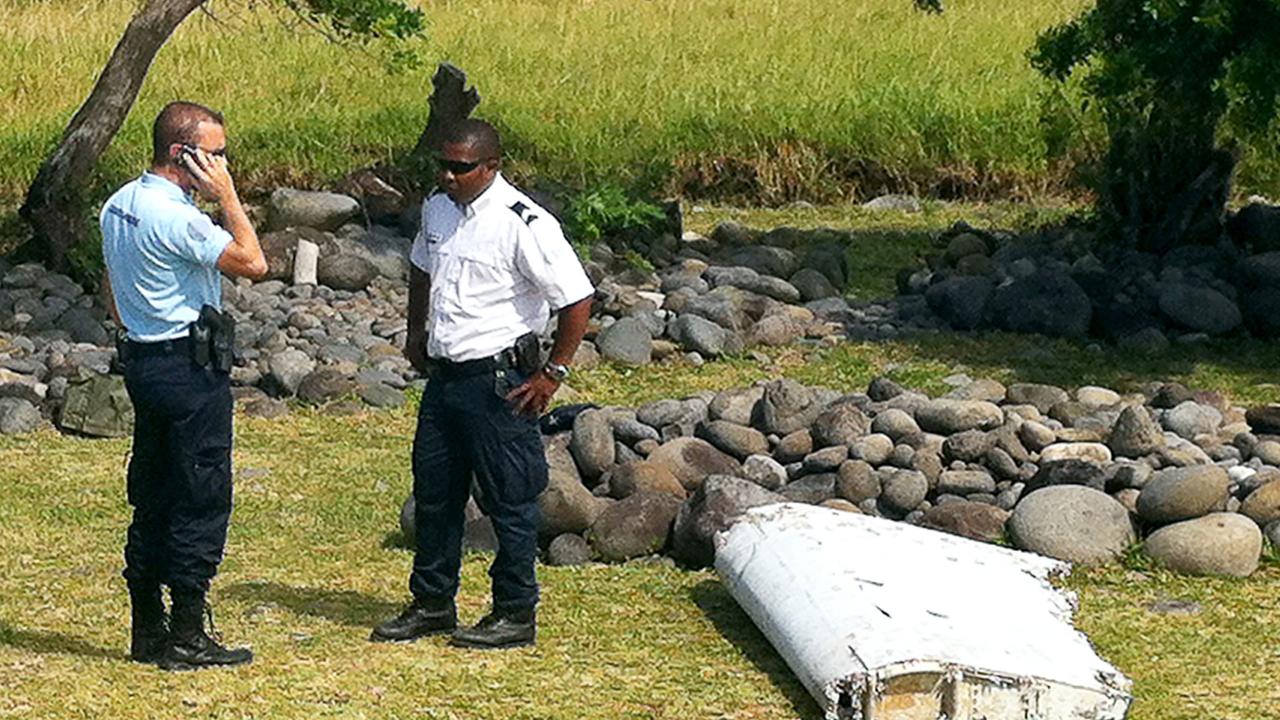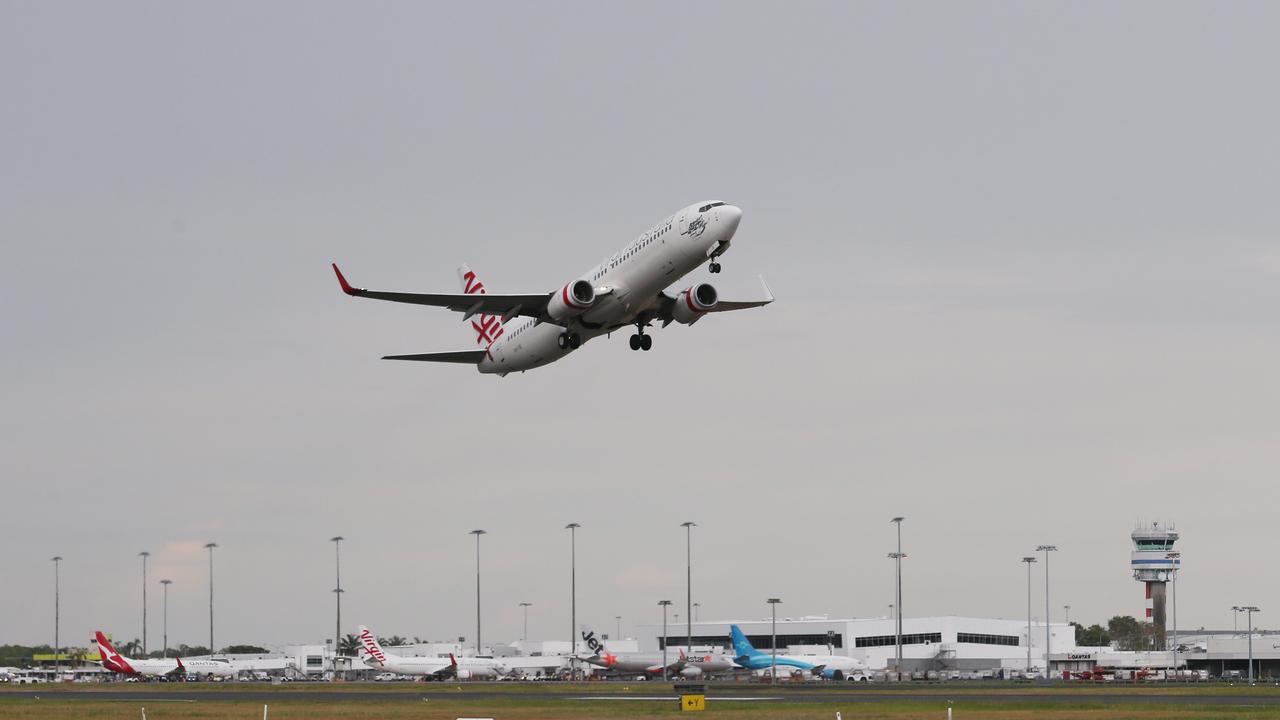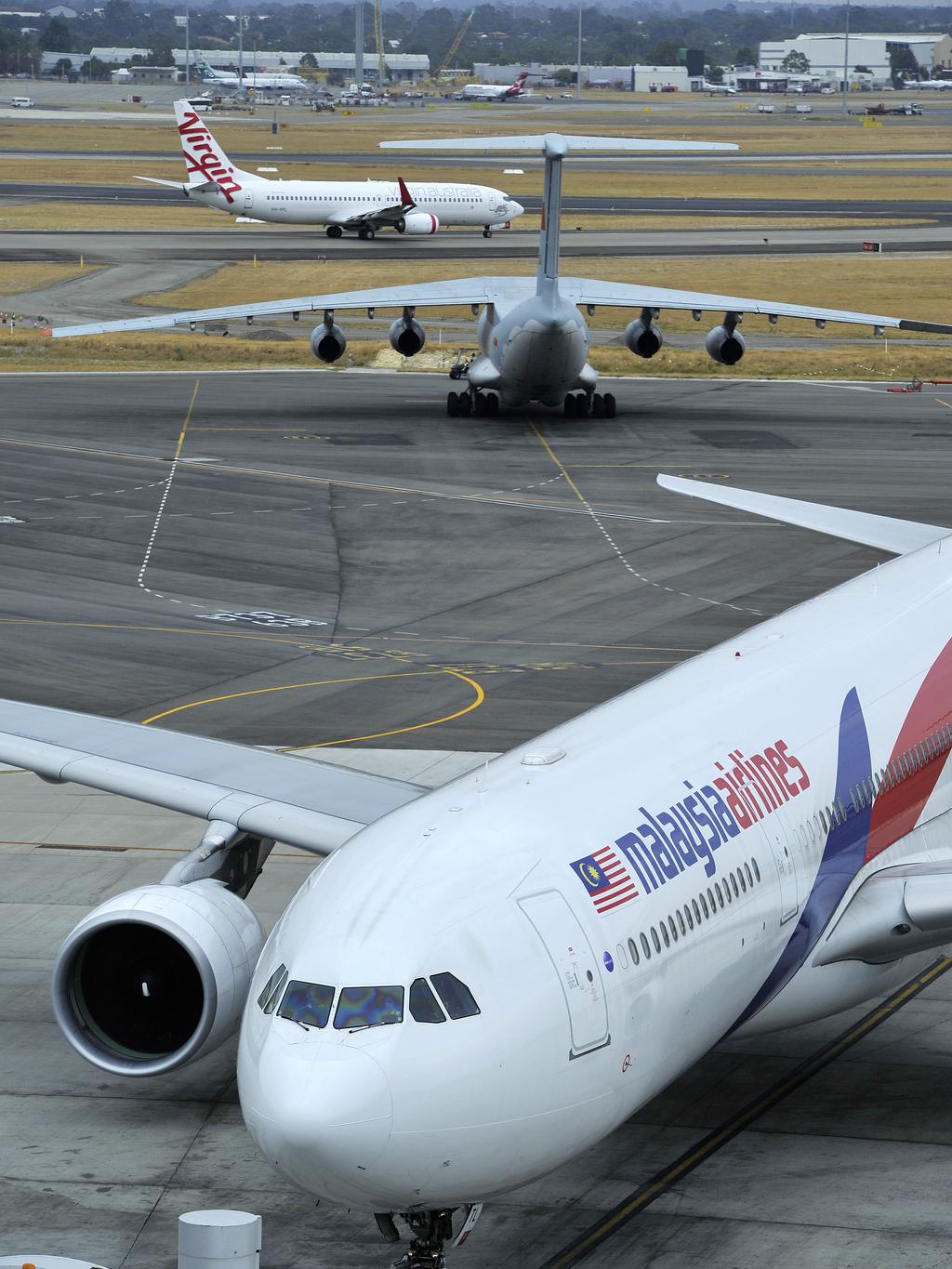
This article is more than
1 year oldMH370: Australian Transport Safety Bureau (ATSB) looked for plane in the wrong spot, says search manager
An ex-navy officer involved in the original search for the missing Malaysian Airlines flight MH370 has criticised the Australian agency leading the investigation, saying it should not have been placed in charge of the operation.
After the flight, carrying 227 passengers and 12 crew members, disappeared in the Indian Ocean on March 8 2014, the Australian Transport Safety Bureau (ATSB) led an underwater search for the plane from May 2014 until the operation was suspended in January 2017.
Working as the deputy operations manager, Peter Waring said the search was beyond the ATSB’s capabilities.
“The Australian government made a fundamental mistake in assuming a transportation investigation authority could run a search, and not just any search but the largest search in human history,” he told Channel 9’s 60 Minutes on Sunday.
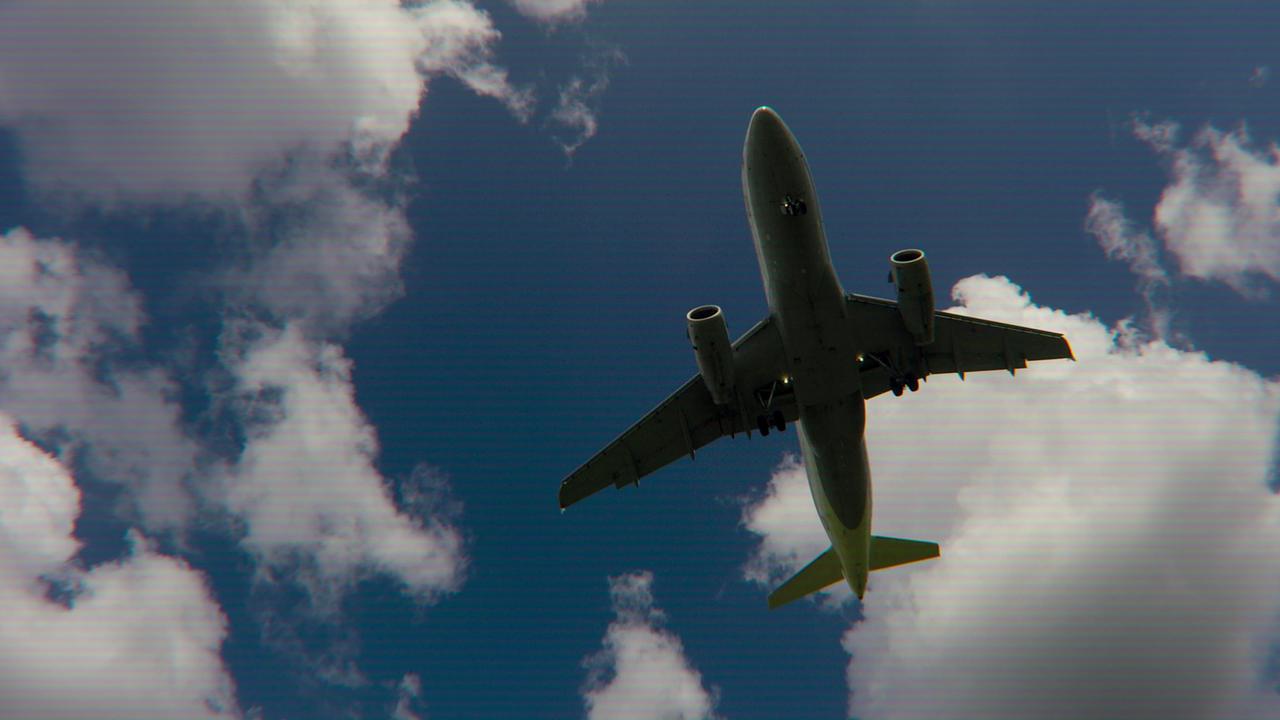
“I think that comes back to just the fundamental problem, which was that the ATSB, despite being full of well-intentioned people … it was not the right agency to be running the search.”
According to Mr Waring, it’s likely the original search parameters were outside of where the plane descended. This is based on the theory that someone was still control the plane when it crashed into the ocean, and.
“If there’s someone at the controls all the way to the end, then the search area is very, very different than the one we actually looked at,” he said.
“That scenario, I don’t believe, has ever adequately been considered (and it) certainly wasn’t by the Australian government.”
This includes theories put forward include an aircraft wing which was discovered by veteran fisherman Kit Olver in October 2014 off the South Australian coastline, a and analysis from aerospace engineer Richard Godfrey.
He says the Malaysian government have not acted on his analysis which pinpoints the flight path of the MH370 before it plunged into the Indian Ocean, creating a search radius of 30km.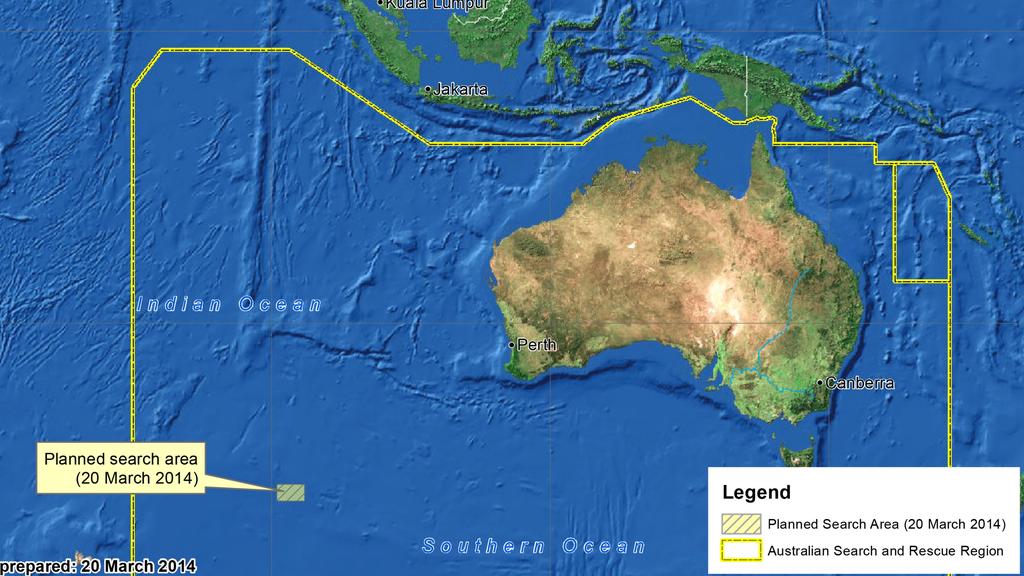
However, ATSB commissioner Angus Mitchell said that while there was the potential that investigators weren’t looking for the plane in the correct area, there was currently no “new evidence to suggest that what we assessed at the time was incorrect”.
Asked whether the original search failed because search crews either: “missed the aircraft, or you were looking in the wrong spot,” Mr Mitchell said it was “probably a combination”.
“Some of the resolution of that search area was with a high degree of accuracy and we didn’t find it there,” he said.
“So that would suggest that some of where we’re looking wasn’t the right spot.
“Now, where the right spot is, if we knew that we wouldn't searched there.”
While Mr Mitchell acknowledged that current investigations into the disappearance of the aircraft were “beyond (the ATSB’s) capabilities”, he said future searches will be dependent on sign-off from the Australian government.
While it could “co-sponsor a new search,” and “put some pressure” on the Malaysian government, he didn’t believe a new investigation would be dependent on the foreign government’s approval.
“We started something and I think most Australians would agree that once you start something, you should try and finish it,” he said.
